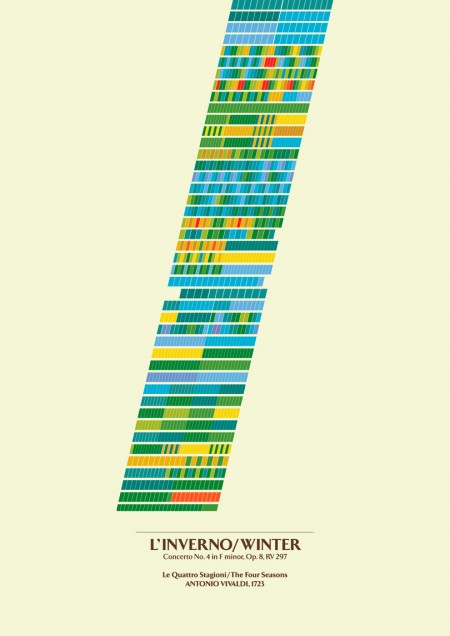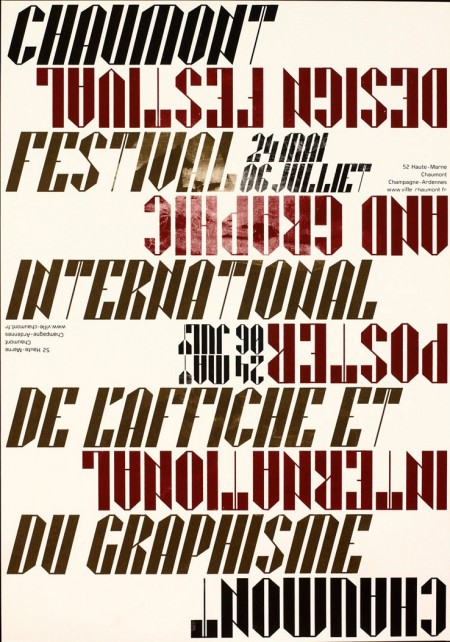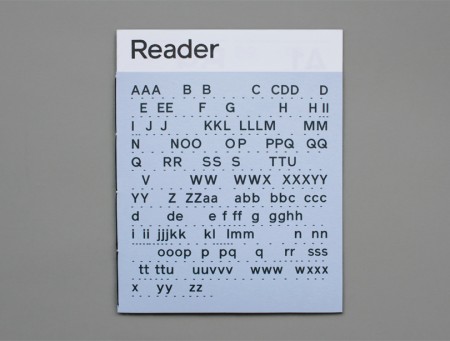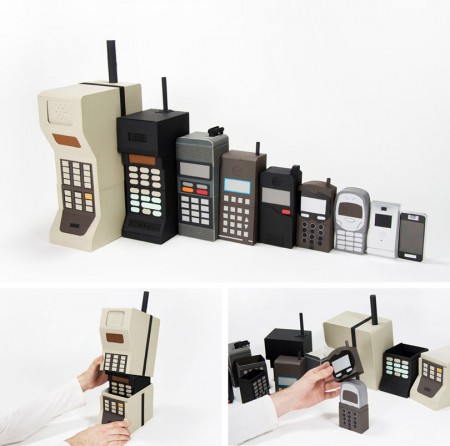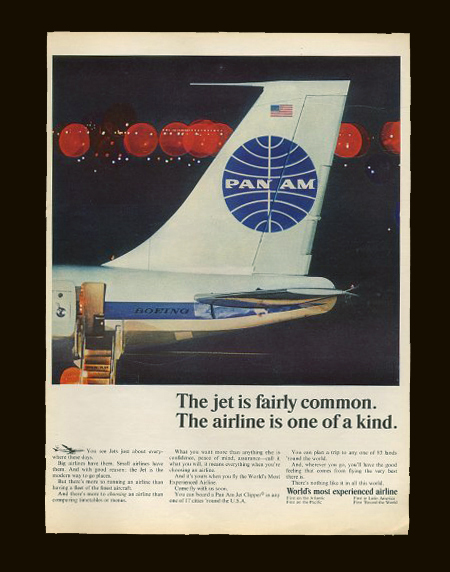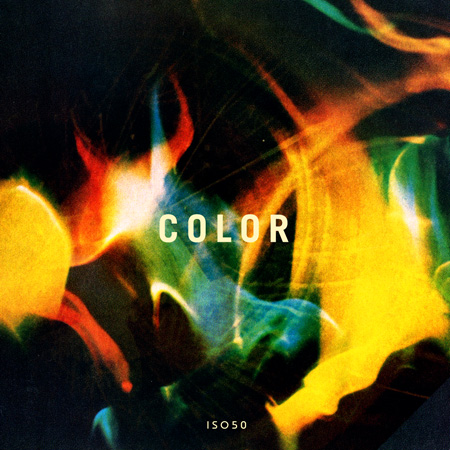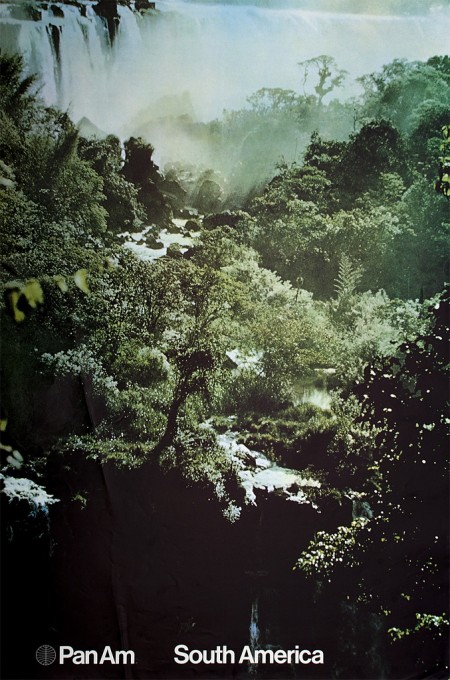
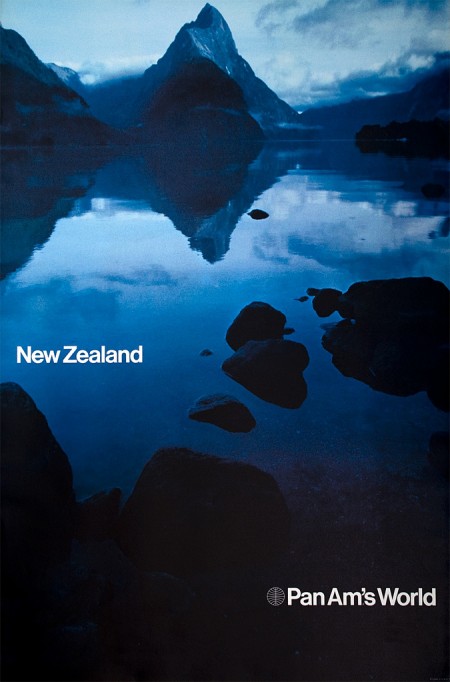
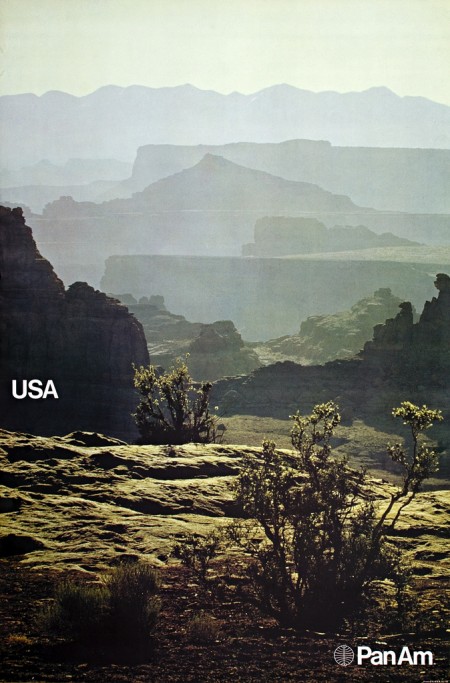
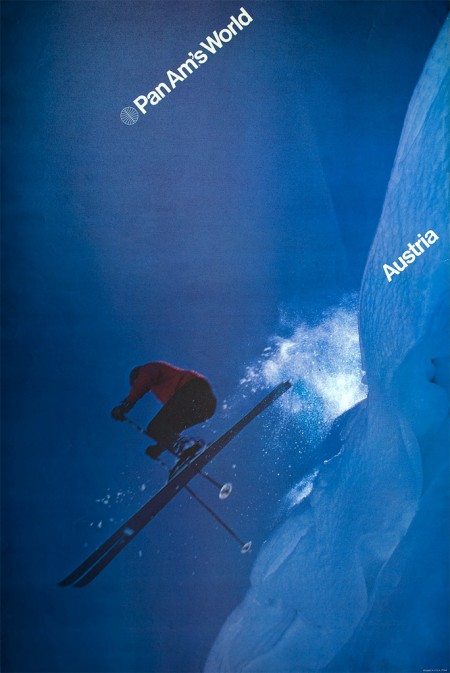
Determined to find out the history behind these beautiful posters, Frederico Duarte did some extensive research and learned how “Pan Am’s short-lived Helvetica dream” came to be. He chronicles this process over on the Eye Blog and in an article for Eye Magazine. These posters are incredible and their story is well worth the endless emails and phone calls he had to make to determine their origin.
Pan Am is no longer. But the story of its redesign, as told by the people behind it, proves personal connections, proximity and chance are all makers of (design) history. How many other great design stories are left untold?
Fredrico’s post reads like a design mystery and I lamented how little of this research I do, or even curiosity I possess when I come across work that interests me. For example: I wake up, see something amazing on FFFFOUND, then I bookmark it. End of story. If it’s especially awesome maybe I blog about it, but I rarely dive deep into whatever visual universe I’ve uncovered. I usually just absorb it quickly, then move on with a slightly augmented sense of visual understanding. This is why I both love and hate sites like Dropular or FFFFOUND. While they allow me to quickly consume lots of high quality design, they remove context and discourage the exploration that would otherwise go along with finding out about a new artist. (Of course there are many benefits to sites like these, but the removal of the ‘story’ that goes along with the work is one of the primary downsides.)
As Fredrico mentions in his article, the research was done for an SVA class where the rule is “No Google”. I thought this was interesting because I tend to use Google and “research” interchangeably, especially when thinking about design. To be stripped of my only research tool! Of course this makes sense these days, as most of us young designers primarily exist on the web anyway (which is a scary thought if you think about it…if the hardrives go, so do I). What the story hammered home for me was the importance and overwhelming benefits of a design education. What allowed Fredrico to take this much time plunging into the depths of design history (and what allowed me to spend so much time with Playboy) was the freedom and time provided by the design education environment. While you could always try and inspire yourself to do this on your own, it’s hard to beat limitless boundaries coupled with external motivation.

